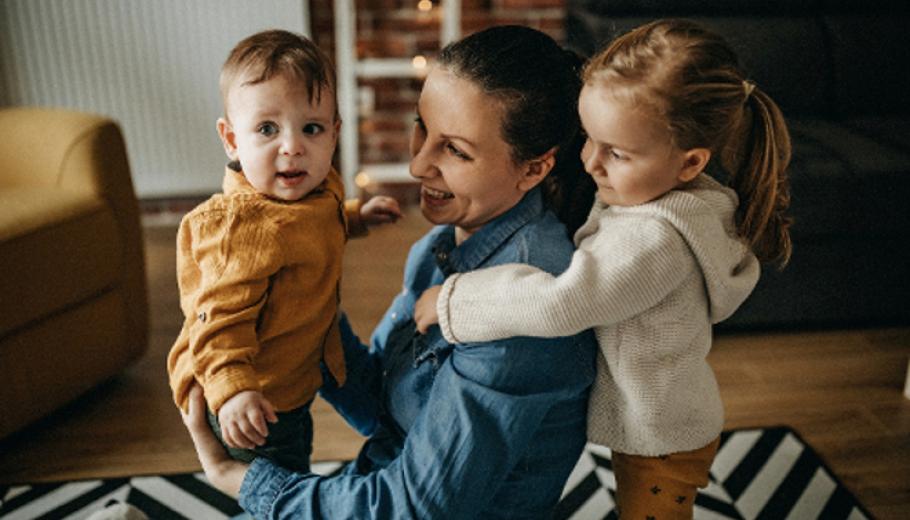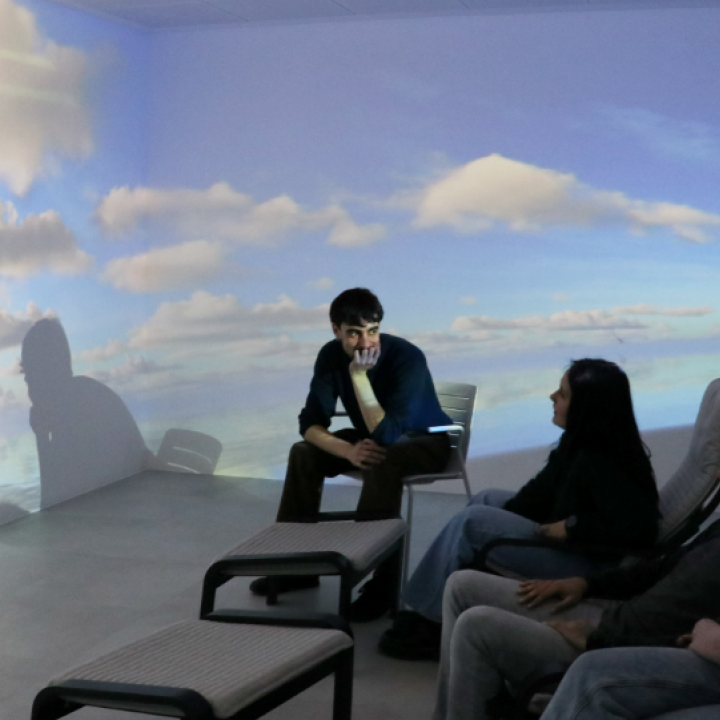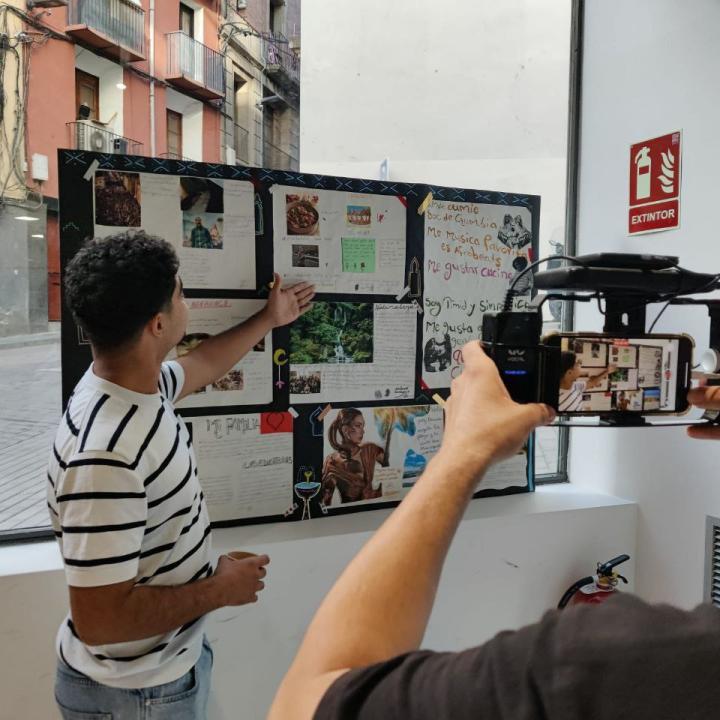Are you thinking about family fostering?, do you have doubts or want to learn more about the fostering process?, we give you five cents in this article.
Firstly, what is foster care?
“There are children and teenagers who live in a difficult situation: their family cannot take care of them, and then the Administration has to take care of them. But it is convenient that, while the family of origin of these children tries to rebuild, there is another family that can offer them a good environment to grow and develop. This type of family is called a foster family or a welcoming family” fostering guide, Catalan Fostering and Adoption Institute.
The foster family receives the task from the Administration to take care of a child. It means giving him love and support in his education. The host family agrees to have the child under their care and protection. This capacity is authorized by the body of the Administration that has the guardianship of this child, the General Directorate of Child Care and Adolescence (DGAIA). This body that dictates the protection measure most appropriate to the situation of the child or young person.
Foster care by definition is a temporary measure to offer children the best possible environment until their biological or extended family resolves the problems that prevent them from taking care of them. It is an alternative to reception centers for children who have to live outside their family of origin. Whenever possible, the child maintains contact with his or her family of origin.
How many types of accommodation are there?
Depending on the needs of the children and the situation of the biological family, there are six types of foster care:
- Emergency reception and diagnosis: It takes place while the child's situation and the evolution of his family are assessed. They are usually babies or under the age of six. The fostering lasts about six months.
- Short-term care: The child is taken in by a family with the aim of returning to their family environment before two years. The child and his family of origin have frequent visits.
- Weekend and holiday care: They are usually children over the age of nine who are admitted to residential centers and need to enjoy a family atmosphere. The child lives with the collaborating family during weekends and school holidays. This fostering is extended for the period of time that is considered beneficial for the child.
- Reception of special needs: Children need special attention (medical, physical, intellectual, sensory stimulation, etc.). The fact that he is more than ten years old can be considered special need.
- Reception in Conventional Educational Action Unit. These are groups of siblings or children with special needs who will be taken in by families with training and experience in the field of childhood and adolescence.
- Long-term or permanent care: The child is taken in by a family while their family of origin overcomes a situation that requires a longer recovery time.
Discover the different types of voice of the same welcoming families:
What is the difference between adoption and fostering?
As we have seen, temporality is the main characteristic of fostering. The foster family will provide temporary support to a child who for some reason cannot be with his biological family. On the other hand, with the adoption we will constitute a legal filiation and this child becomes your child with the same rights as the biological filiation.
To know more:
Take a look at the guide prepared by the Catalan Institute of Fostering and Adoption here.





